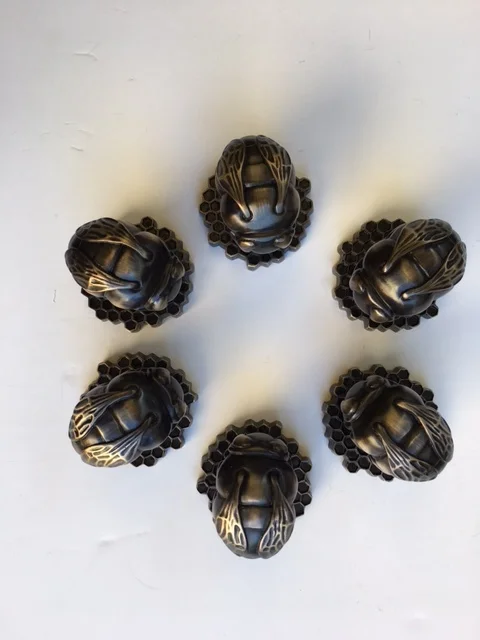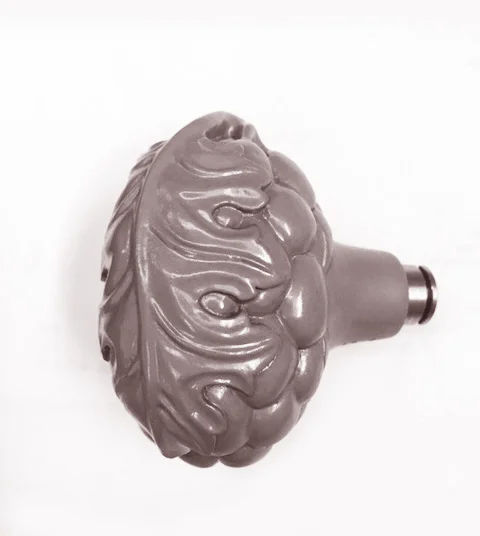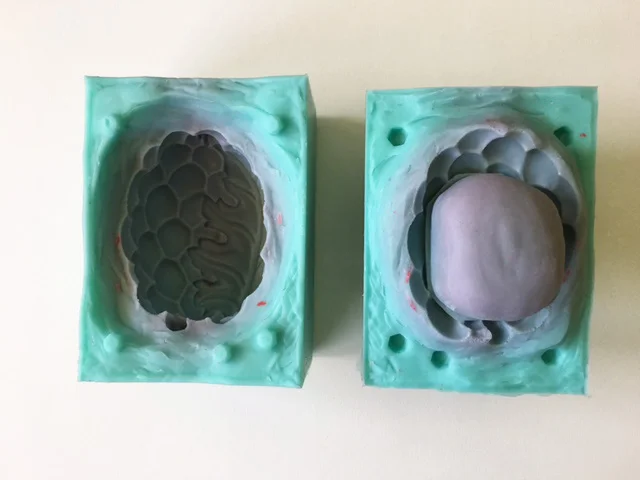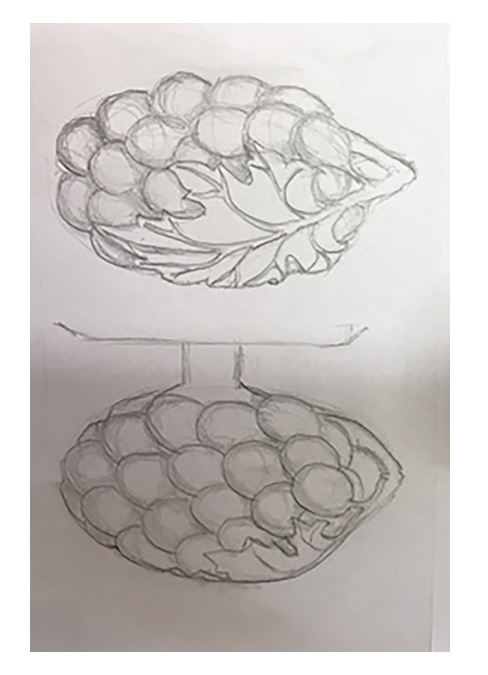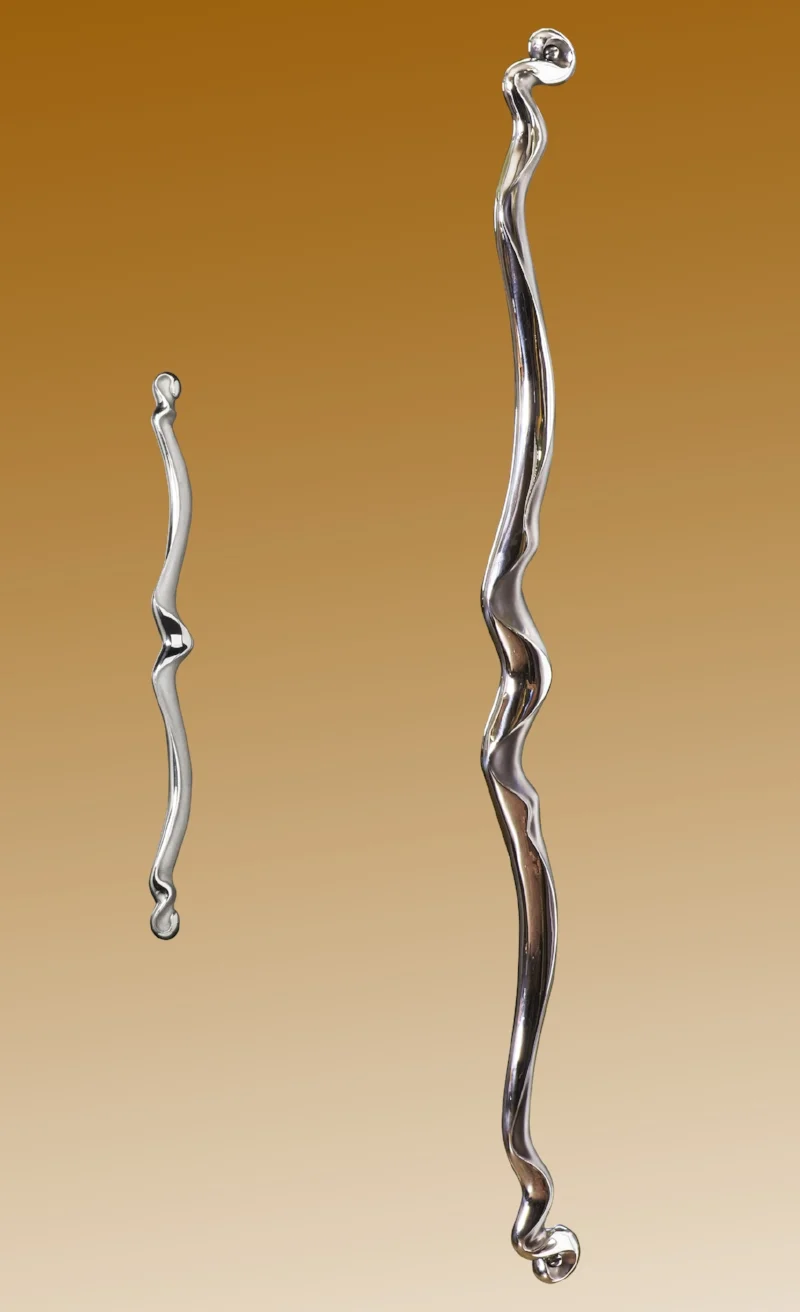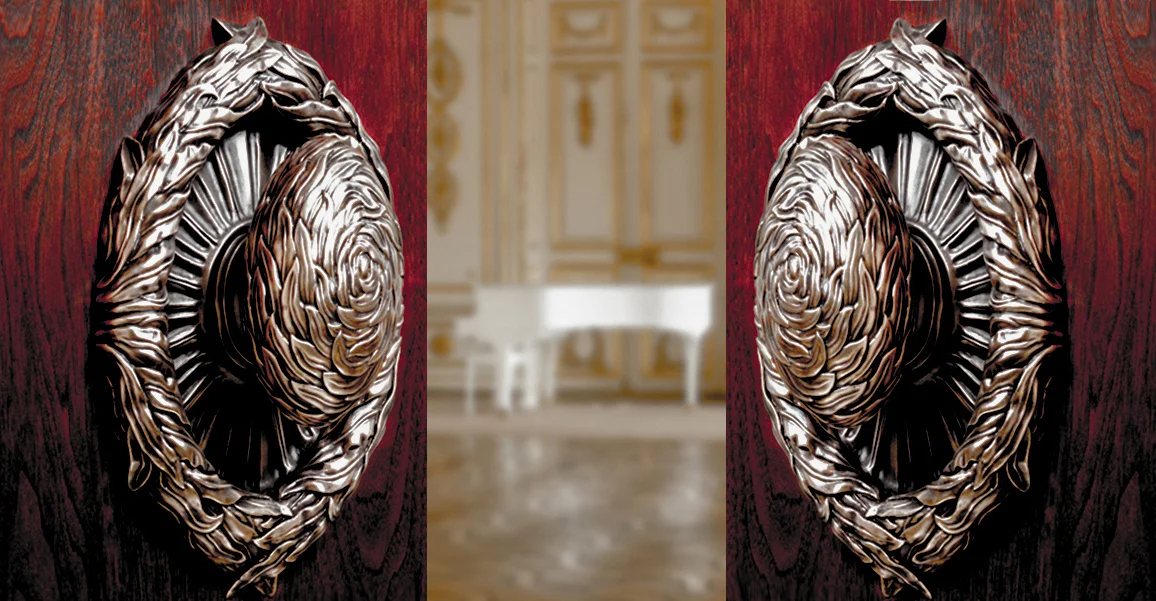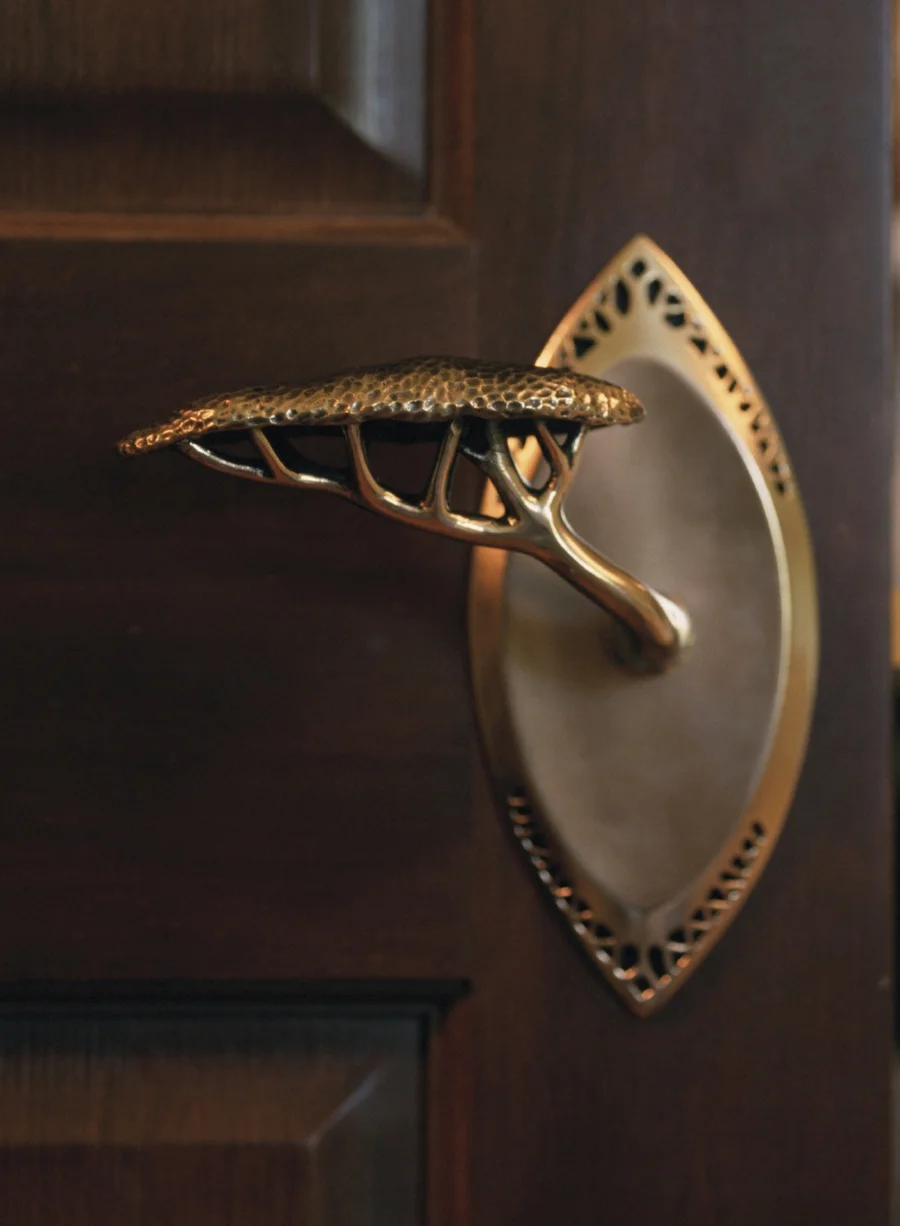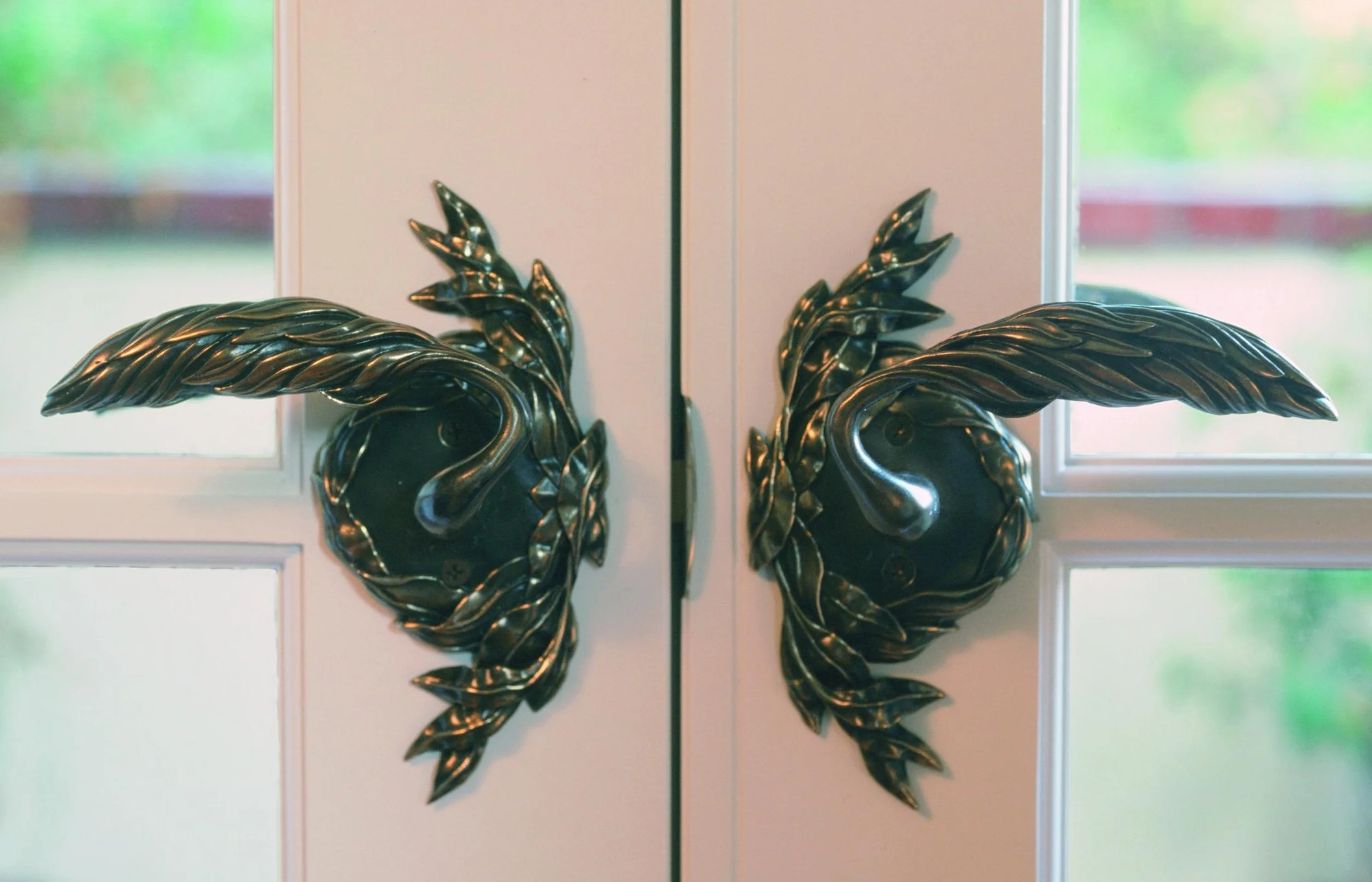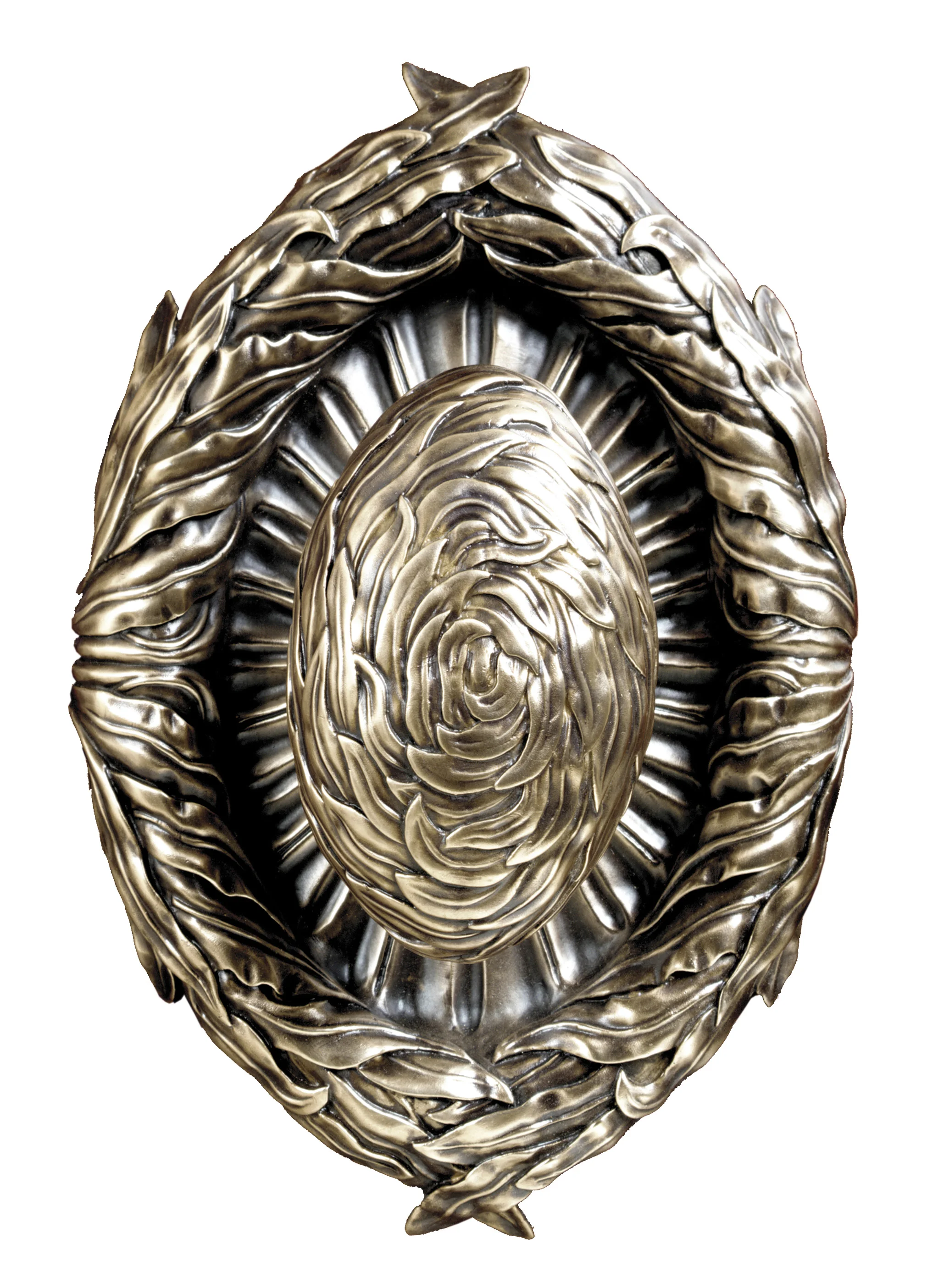We are often asked about the etymology of certain words that have been used to name our different door hardware collections and this is especially true of our “Morphic” series. Some of our hardware collections were named early on in their development with names borrowed from a complimentary furniture collection. Such is the history of “Hedgerow” used to describe our furniture as well as our hardware collections with both being named for the man-made hedges of western England.
By contrast the Morphic collection derived its name through an amalgam of different words that included “Morpheus” “Morphing” and “Anthropomorphic”. By synthesizing these words, we stumbled upon “Morphic” a word that is short and easy to pronounce though perhaps not as well suited to describe this collection as the definitions below make clear;
Anthropomorphic – attributing human characteristics to non-humans, a habit we plead guilty to when talking about our beloved Pitbull Iris
Morpheus – God of dreams or sleep would have been a very fitting name as the collection certainly has an unearthly dream like quality and the name would appeal to fans of the Matrix franchise (see accreditation)
Morphing – this term comes from the animation industry and describes how one image can be changed by small steps to smoothly create another image and while this would have been a good choice, we needed a noun and not a verb to name our collection (accreditation below).
Morphic – meaning a specific shape or form
The Morphic collection is an ongoing series whose shapes and form we are constantly stretching and changing so that it’s fretted cells can be made to work for larger door handles and for different hardware and lighting applications. It is also a style that takes on a different character when it is cast in bronze and finished with a charred patina. The charred appearance is created by applying the chemical patina M20 made by Birchwood Technologies over a satin brushed bronze surface and by burnishing the surrounding surface to create depth.
Accreditation;
Definition of morphing: https://en.wikipedia.org/wiki/Morphing
Morpheus fictional character in The Matrix franchise: https://en.wikipedia.org/wiki/Morpheus_(The_Matrix)
Chemical Patina M20 by Birchwood Technologies distributed by Sculpt Nouveau
https://sculptnouveau.com/collections/birchwood-patinas






